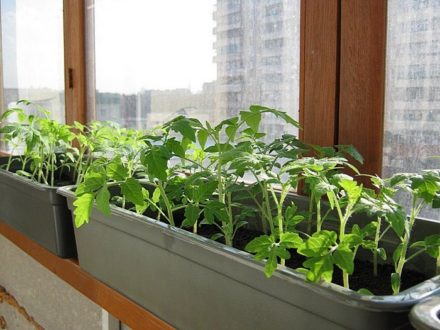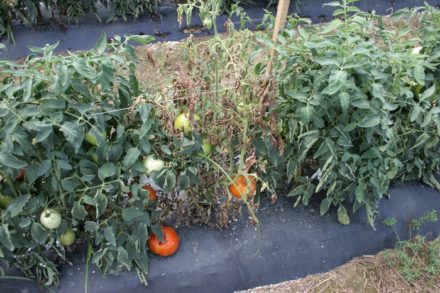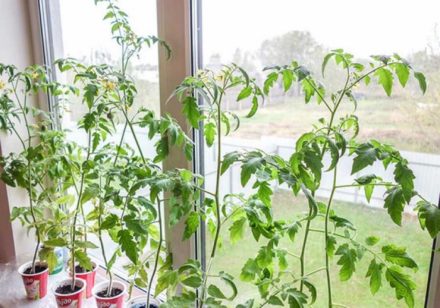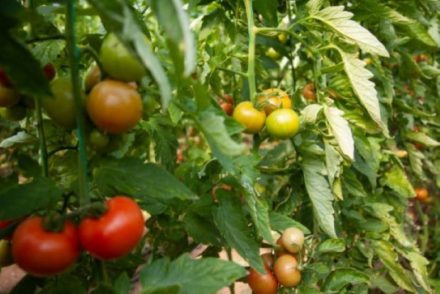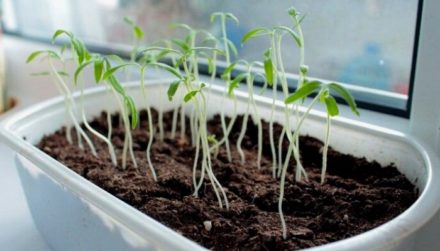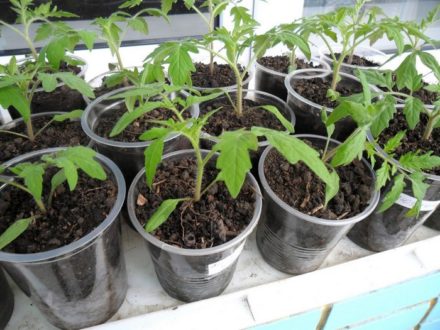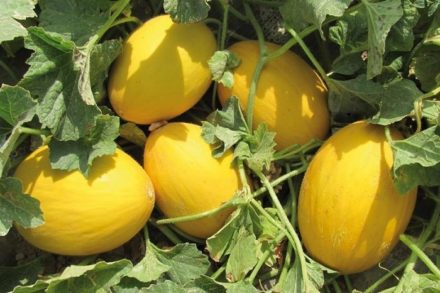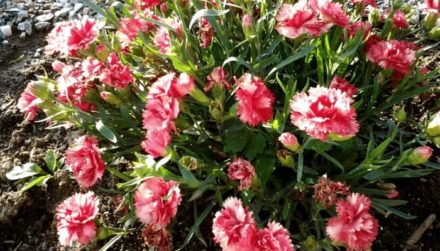Even inexperienced gardeners understand that the color of the leaves of healthy tomato seedlings is green. And if the color changes, then something is being done wrong. It is not uncommon for the foliage to turn purple. There are many reasons for this phenomenon. But thanks to proper treatment, the result will not take long to arrive. In each individual case, treatment is individual.
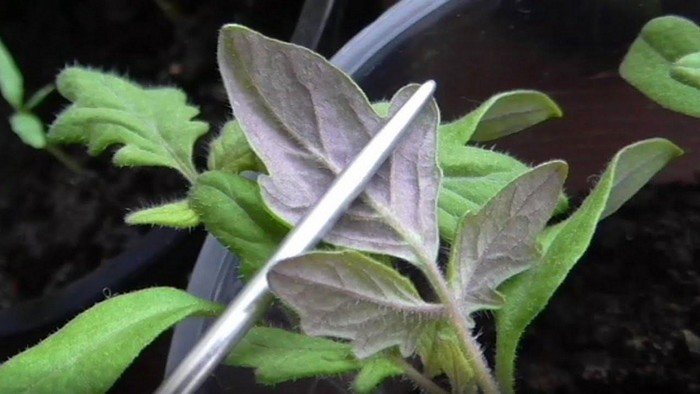
Lack of phosphorus in the soil
Gardeners are sure that the color of foliage is affected by a lack of phosphorus. Instead of green, the underside of the leaves becomes purple, and in some cases burgundy or red-purple.
At first, this concerns the lower old leaves, but later the upper foliage is included in the process. At the same time, the trunk remains green and healthy. And the lower leaves gradually turn yellow and die. You can’t ignore the color of the foliage. After all, phosphorus starvation leads to sad consequences.
Causes of phosphorus deficiency:
- depleted soil for sowing;
- insufficient temperature conditions of air and soil;
- blocking the movement of phosphorus to the roots by other elements.
If a cause is found, immediate action is taken.
Treatment of seedlings with phosphorus deficiency
Therapy consists of applying fertilizers containing quickly digestible phosphorus.

The following fertilizers are suitable:
- monopotassium phosphate;
- superphosphate (preferably double);
- complex fertilizers (Agricola and similar).
If phosphorus is present in the soil, but is not available to tomato seedlings, “Phosphatovit” is used. This is a special product that contains certain bacteria that can convert phosphorus into a form accessible to seedlings.
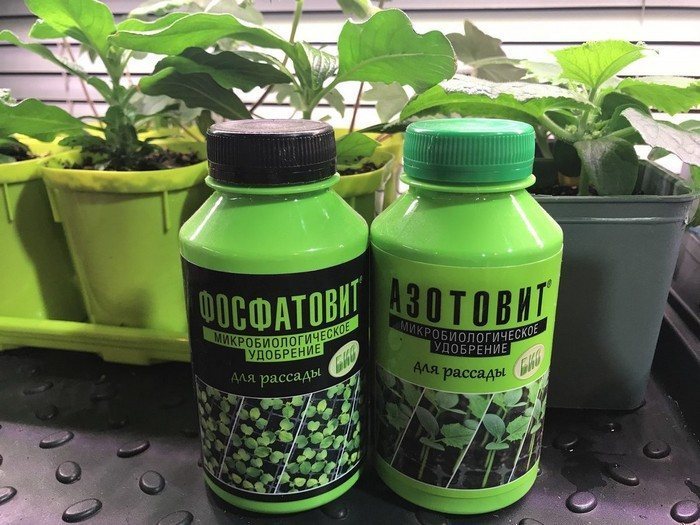
Other drugs can also be used to treat phosphorus deficiency, for example, potassium or magnesium sulfate. But the main thing is not to forget that such nutrition is carried out at temperatures above 15 °C. Only in this case the benefits of the seedlings are ensured. True, the Israeli drug “Pirosid” acts regardless of temperature, but is no less effective.
Gardeners should not hope that after fertilizing and eliminating the phosphorus deficiency, the spoiled leaves will return to a green tint. But further growth of the seedlings will continue, and new leaves will acquire a natural green color.
Success is guaranteed when using fertilizers according to the attached instructions.
Sulfur deficiency
Lack of sulfur leads to the same problem. This element comes to the seedlings not only from the soil, but also from the air. Moreover, the problem affects adult plants more than seedlings. But spraying will make its contribution to the treatment of tomato seedlings.
When purple leaves appear, gardeners are not always able to determine which microelements are missing. Double superphosphate comes to the rescue, where both sulfur and phosphorus are present in the required quantities. Even if the seedlings do not currently need sulfur, this will be an important foundation for future growth.
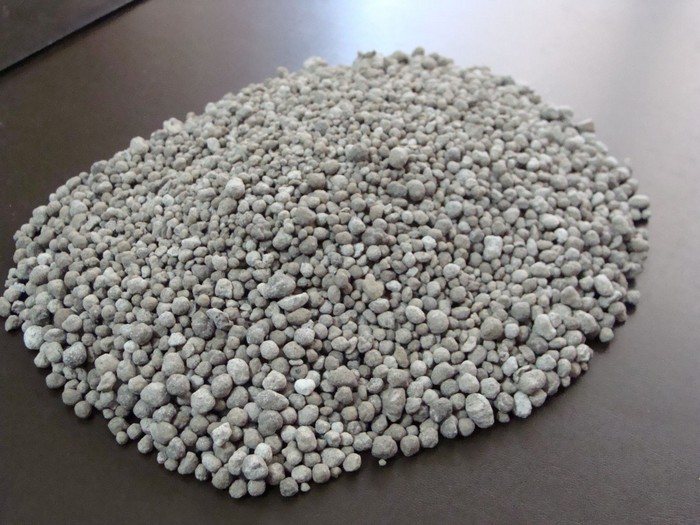
Other Causes of Purple Leaves and How to Fix them
The leaves of tomato seedlings change color to purple also for external reasons. One of them is uncomfortable temperature conditions.
Temperature
Changing the temperature will help get rid of problems with foliage.
What is being done for this:
- move seedlings to warmer and more comfortable conditions;
- if the seedlings suffer from the cold, place insulation under the container (foam plastic, polystyrene foam, etc.);
- get rid of drafts.

Favorable temperature for the growth of young animals is 16–18 °C.
Priming
The next good reason for changes in foliage color is poor quality soil. The soil for tomato seedlings must contain a sufficient amount of nitrogen, magnesium, zinc, and potassium. If there is a deficiency (excess) of elements, seedling growth will slow down and the leaves will turn purple.
Blue tints appear when there is an excess of manganese, which was used to disinfect seed material or (in rare cases) these are characteristics of the tomato variety.
Another reason is the large amount of alkali in the soil. And since tomato seedlings require neutral or slightly acidic soil, excess acids and alkalis lead to petrification of phosphorus fertilizers. The plant does not receive enough phosphorus, which affects the color of the leaves.
Only ideal soil containing all the necessary elements and, in addition, sand, peat, humus, and other additives can correct the situation.
Illumination
Another reason for purple seedlings. This will not happen if there are 10–12 hours of daylight. The rest of the day is darkness, necessary for the absorption of some useful substances. If there is little or much light, the negative consequences for the foliage are obvious.
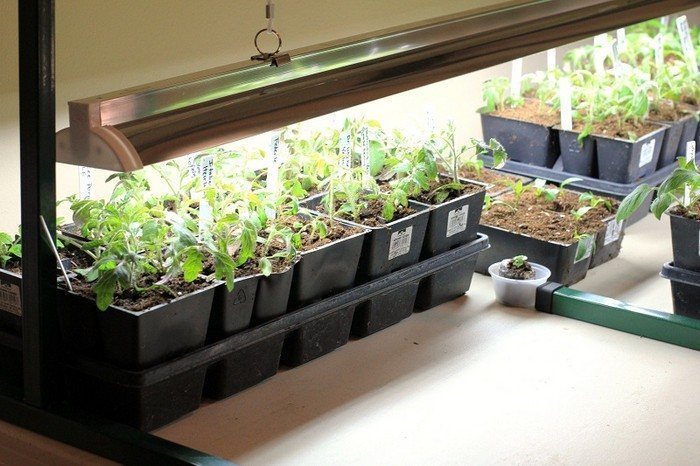
Watering
Proper watering eliminates the purple color of the leaves. Usually seedlings are watered from a spray bottle, but experts advise using drip irrigation. The method does not allow the liquid to stagnate and get on the leaves. When watering by hand, care must be taken to ensure that the soil is not too dry or waterlogged.
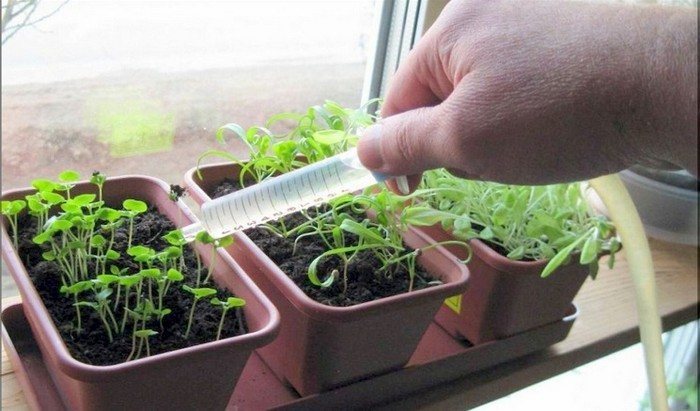
So, to prevent tomato leaves from changing their color to purple, you need to follow simple rules for caring for seedlings. Monitor the temperature of the soil and air in the room and do not allow it to drop below 16 °C. Avoid drafts and cold window sills. Plant seeds for seedlings in fertile soil of the required acidity. Water and feed according to the schedule, prevent fungal diseases.


